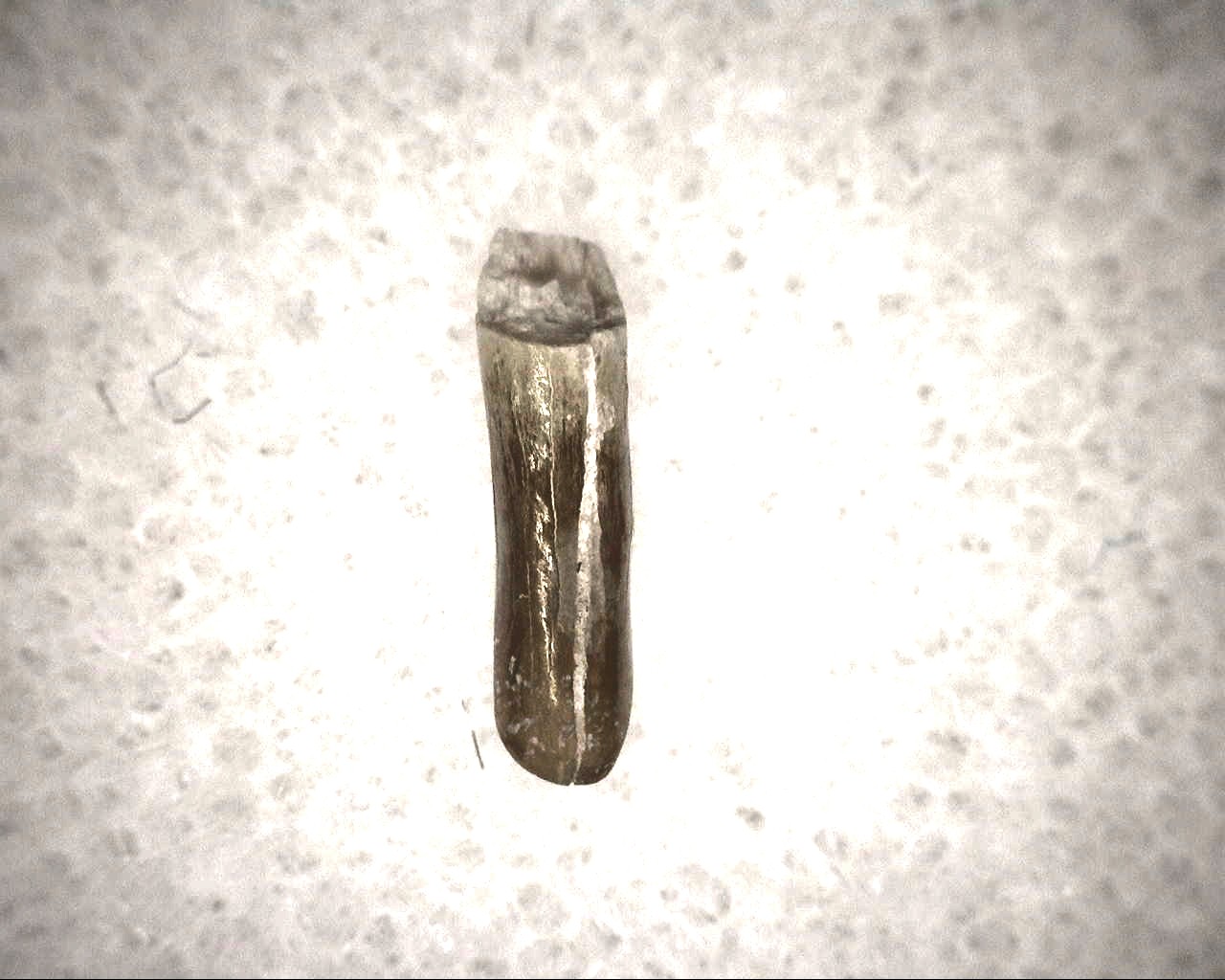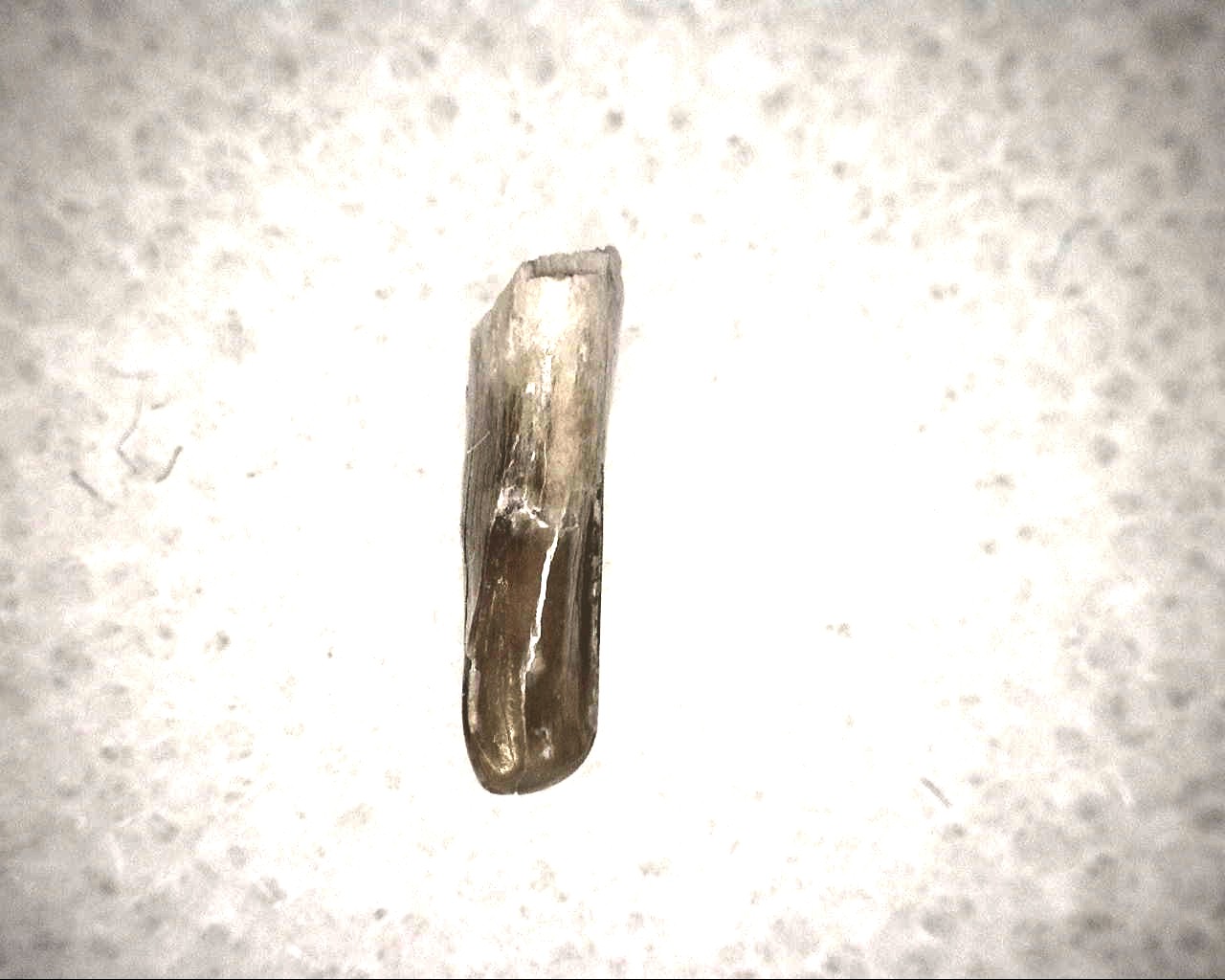Description
- Hesperocyon gregarius Canid Tooth
- Oligocene (25 Million Years Old)
- Orella Member, Brule Formation
- Dawes County, Nebraska
- Specimen measures approx. 3/16″ wide and will come in a 1.25″ Gem Jar
In overall form and proportions Hesperocyon wasn’t much like a dog as we know them today, but it has still been confirmed to be one of the first canids to appear on the landscape. The key identifying feature is the ear structure within the skull which is enclosed by bone rather than cartiladge. Hesperocyon also has a total of forty-two teeth, two less than the forty-four standard that are seen more primitive mammalian forms. Tooth reduction is an on-going character trait within the Carnivora with continuing advancements and specialisations resulting in much lower tooth counts like those seen in carnivoran mammals today. Hesperocyon also has the characteristic carnassial teeth (specialised meat shearing teeth) that are common features in the mouths of the members of the Carnivora. Like with most modern dogs, Hesperocyon was probably primarily a carnivore, but may have also included occasionally plants, especially seasonal fruits and vegetables that had fallen to the ground into its diet.








